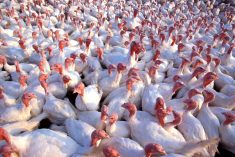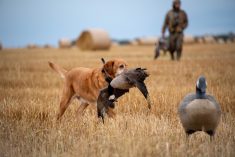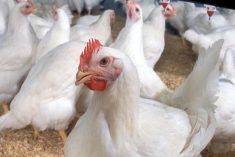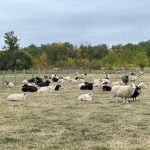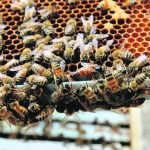Swine Health Ontario dedicated its recent annual Big Bug Day to continuing toward the goal of eradicating porcine epidemic diarrhea (PED) from Ontario.
Martin Misener, a vet and chair of the Ontario Swine Health Advisory Board, challenged the hog industry to not get complacent about stopping PED.
Misener noted he had heard from people who wondered why the meeting was focused on PED as the number of outbreaks has dwindled. Last fall and winter (November 2015 to March 2016), at the time of year when outbreaks are more likely to happen, there were nine outbreaks in Ontario, compared to 43 from January to March 2014.
Read Also
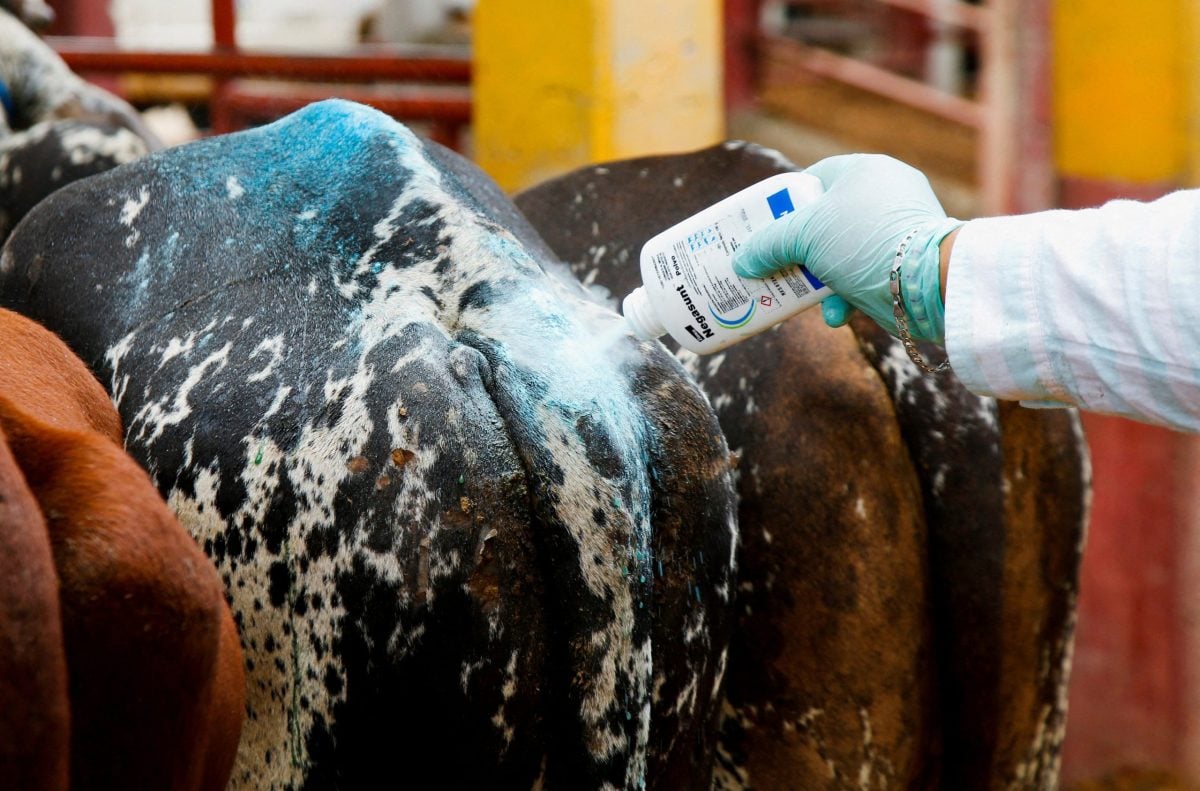
Mexico agriculture secretary says still no date for restarting cattle exports to U.S.
Mexican Agriculture Minister Julio Berdegue said on Wednesday that Mexico and the United States have not yet set a date to resume Mexican cattle exports amid an outbreak of the flesh-eating screwworm parasite.
“It’s human nature to revert to complacency,” he said. “Folks, we are there. We are sitting on little volcanoes and big volcanoes of PED that could erupt at farm level at any time.”
The PED virus causes scours leading to extensive mortality for young piglets and longer-term reproductive issues for sows.
Despite some recent complacency, Misener said the ability of the industry to keep the virus under control is a good news story.
The industry has co-ordinated controlled regional PED elimination programs called ARC+E (Area Control and Elimination) in the industry. They have worked well, other than for a few individual farms that have not co-operated.
“Overall we have had great compliance,” says Misener. “We have had 150 PED situations, with only having a couple that are pesky.”
— John Greig is a field editor for Glacier FarmMedia based at Ailsa Craig, Ont. Follow him at @jgreig on Twitter.




